1. Understanding JSON Schema
JSON Schema is a vocabulary that allows you to annotate and validate JSON documents. It provides a standardized way to describe the structure and constraints of JSON data, making it easier to ensure data quality and consistency in your applications. JSON Schema is itself a JSON document with a specific format that defines the rules and expectations for other JSON data.
2. Key Features of JSON Schema
JSON Schema offers a range of features that make it a valuable tool for working with JSON data:
- Validation: JSON Schema allows you to define rules for validating JSON data, ensuring that it adheres to a specified structure and format.
- Documentation: It serves as a form of documentation, making it clear how JSON data should be structured and what each part of the data means.
- Complex Data Structures: JSON Schema supports defining complex data structures, including nested objects and arrays, with clear validation rules.
- Tooling Support: Various tools and libraries support JSON Schema validation, making it easy to integrate into your development workflow.
- Self-Descriptive: JSON Schema documents are themselves JSON data, making them self-descriptive and easy to understand.
3. Using JSON Schema for Validation
One of the primary use cases for JSON Schema is data validation. Let's say you have a JSON document representing user data, and you want to ensure that it follows a specific structure:
```json { "name": "John Doe", "email": "[email protected]", "age": 30 } ```You can define a JSON Schema to validate this structure, including data types, required fields, and more. Here's a simplified example of a JSON Schema for the user data:
```json { "type": "object", "properties": { "name": { "type": "string" }, "email": { "type": "string", "format": "email" }, "age": { "type": "integer" } }, "required": ["name", "email", "age"] } ``` JSON Schema validators can then ensure that any JSON data adheres to this schema, helping prevent invalid or malformed data from entering your application.4. Enhancing Data Quality and Documentation
Besides validation, JSON Schema serves as a powerful tool for enhancing data quality and documentation. By providing a clear and standardized way to describe the structure of JSON data, it promotes consistency in data handling and interpretation. Developers and data consumers can refer to the schema to understand the data's meaning and constraints, facilitating communication and collaboration in large projects.
5. Conclusion
JSON Schema is a valuable tool for anyone working with JSON data, especially in scenarios where data validation, quality, and documentation are crucial. Its straightforward syntax and rich feature set make it an essential component of modern web development, ensuring that JSON data is not only valid but also well-documented and easy to understand.

